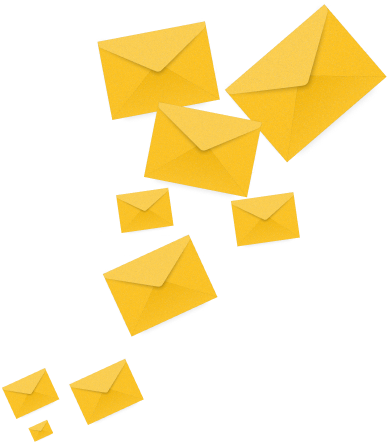MoEngage Gets Additional $180M in Series F; Completes Liquidity Event for Employees & Investors.
Read More
The Latest Email Marketing Benchmarks by Region.


17.3
Billion Emails
10
Metrics
7
Regions
3
Industries
4
Email Types
Email marketing has one of the highest return on investment (ROI) rates. Simply put, for every $1 you spend, you can get back up to $42. But it's not as easy as it sounds, right? Let us break down the metrics for you.

Where numbers tell the story, but relevance wins customers.

Where every second counts, but timing is everything.

Where tech is cutting-edge, but ease-of-use is efficiency.

Email marketing statistics were analyzed from over 17.3 billion emails globally to bring you insights at scale.

Discover how our solutions can drive your success. Connect with our experts today for personalized guidance.
Let’s Talk






MoEngage is an insights-led platform trusted by 1,350+ global brands like McAfee, Flipkart, Domino’s, Nestle, Deutsche Telekom, and more. MoEngage’s powerful analytics, personalization, and AI capabilities give a 360-degree view of your customers and help you create journeys across digital channels.